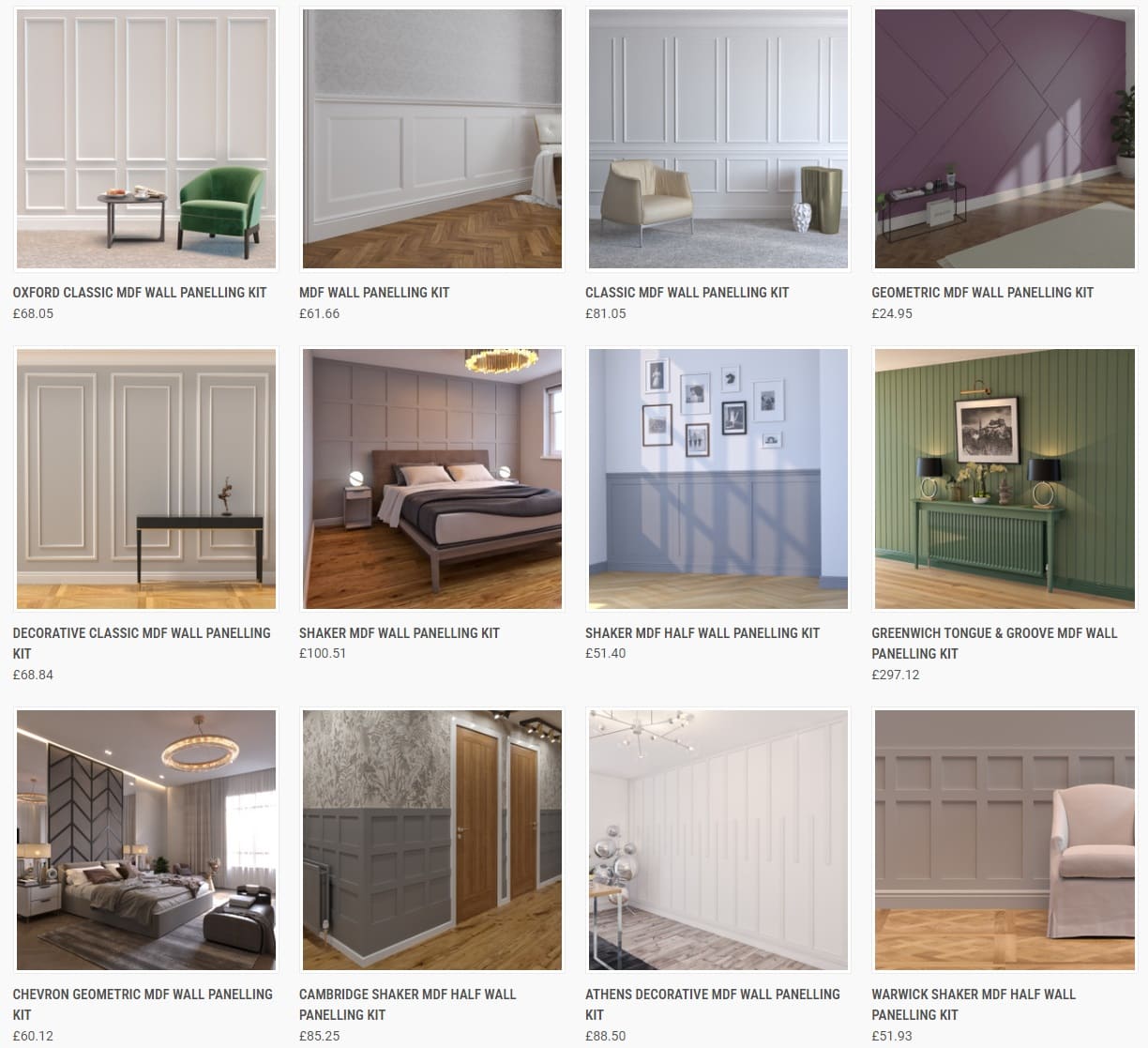
Wall paneling has emerged as a instance in contemporary interior plan, seamlessly blending esthetics with functionality. This various handling not only enhances the seeable invoke of a space but also provides practical benefits, qualification it a nonclassical selection among homeowners and designers alike. Whether you rsquo;re aiming for a countryfied or sleek modernism, wall paneling can transform any room into a raffish asylum.
A Brief History of Wall Paneling
Wall panelling has a rich history that dates back to ancient civilizations. Originally used for insulant and protection against damp, panels were made from wood, pit, or poultice. Over the centuries, this practise evolved, with the intro of flowery designs during the Renaissance and the rise of the Arts and Crafts front, which celebrated craftsmanship and natural materials. Today, wall panelling has evolved to encompass a variety of materials and styles, making it available to a broader hearing.
Types of Wall Paneling
There are several types of wall paneling to consider, each offer distinct aesthetics and benefits:
-
Wood Paneling: Classic and timeless, wood paneling adds warmness and to any space. From rescued barn wood to slick, Bodoni font finishes, woody panels can create a straddle of atmospheres.
-
MDF Paneling: Medium-density fibreboard(MDF) offers a cost-effective alternative to solid state wood. It can be well varicolored or veneered, qualification it a varied selection for achieving different looks.
-
Vinyl and PVC Panels: These materials are paragon for areas unerect to wet, such as bathrooms and kitchens. They are easy to clean and wield, qualification them practical for high-traffic spaces.
-
Fabric and Textile Panels: For those looking to add softness and texture, fabric panels can absorb vocalise and raise acoustics while providing a unusual visible .
-
Metal Panels: Offering a contemporary and heavy-duty look, metallic element panels can be used to create striking sport walls that suffice as focal points in Bodoni font homes.
Benefits of Wall Paneling
The advantages of incorporating wall panelling into your home go beyond esthetics:
-
Insulation and Energy Efficiency: Wall panelling can meliorate insulation, serving to gover temperature and reduce vim .
-
Easy Installation and Maintenance: Many types of pane are studied for unequivocal installation, and they typically need token sustentation compared to traditional wall finishes.
-
Durability: High-quality paneling can stand firm wear and tear, making it a long-lasting investment.
-
Soundproofing: Certain materials, particularly framework or foam-backed panels, can help dampen vocalise, creating a more passive environment.
-
Customization: With a wide range of materials, colours, and textures available, wall paneling allows for infinite customization, enabling homeowners to verbalise their unusual style.
Tips for Incorporating Wall Paneling
When considering wall panelling for your home, keep these tips in mind:
-
Choose the Right Style: Consider the overall aesthetic of your quad. Traditional homes may profit from classic wood paneling, while modern font homes might look great with sleek metal or pied MDF panels.
-
Think About Scale: Large panels can make a spectacular effect, while little panels can add subtle texture. Ensure the size complements the room 39;s proportions.
-
Don rsquo;t Forget Lighting: Proper light can enhance the knockout of wall panelling. Consider using accent lighting to play up the textures and colors of the panels.
In conclusion, wall paneling is more than just a plan sheer; it is a versatile solution that can heighten the looker and functionality of any quad. By choosing the right materials and styles, you can produce a home that reflects your personality while enjoying the practical benefits that wall panelling has to offer.
nbsp;
